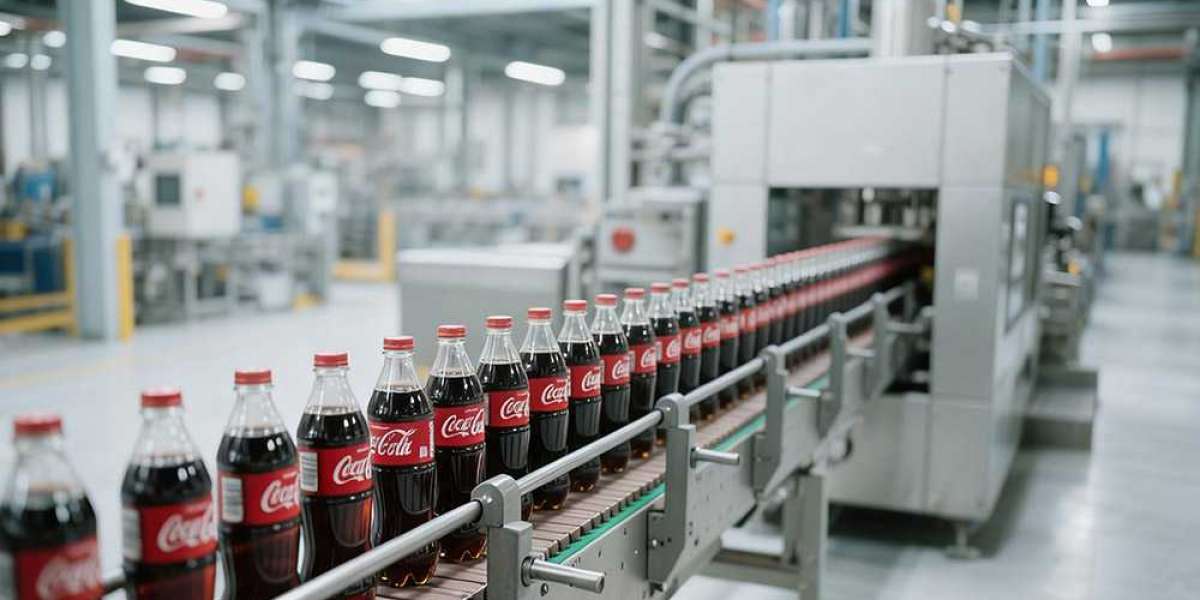Precise filling volume is a make-or-break factor for carbonated soft drink production. Too much liquid wastes raw materials and increases costs; too little disappoints customers and risks failing regulatory checks. For beverage producers, getting their carbonated soft drink filling machine to hit exact volume targets isn’t just a quality step—it’s essential for business success. In this blog, we’ll share simple, actionable steps to keep filling volumes accurate, from machine selection to daily operations.
Choose the Right Carbonated Soft Drink Filling Machine Model
The first step to precise filling is picking a machine that fits your production needs. Not all carbonated soft drink filling machines work the same—mismatched models cause avoidable errors.
Start with your production scale:
- Small-to-medium producers (200–800 bottles per hour, BPH) should opt for a semi-automatic model. It’s easy to adjust and avoids overcomplicating small-batch production.
- Large-scale producers (3,000–15,000 cans per hour, CPH) need a high-speed automatic filling machine. These handle high volumes without sacrificing accuracy.
Next, check the filling volume range. Most reliable machines cover 0.1L to 1L, which fits common sizes like 250ml, 330ml, 500ml, or 1L—perfect for sodas, sparkling water, or flavored carbonated drinks.
Also, match the machine to your packaging. Whether you use PET bottles, glass bottles, or aluminum cans, the machine needs a filling mechanism designed for that material. For example, glass bottles need gentler nozzle pressure to avoid breakage, while aluminum cans require a tight seal to keep CO₂ in. A well-matched machine starts with fewer volume mistakes.
Calibrate Machine Settings for Carbonation and Volume
Even the best carbonated soft drink filling machine needs calibration to stay accurate. Carbonated drinks have CO₂, which creates foam—and foam is the enemy of precise filling. Here’s how to adjust:
Control Carbonation Levels
Too much CO₂ causes excessive foam, leading to underfilling. Use the machine’s sensors to monitor CO₂ levels. Test different settings: for example, sparkling water needs more CO₂ than a thick, flavored soda, so adjust until the drink stays bubbly but doesn’t overflow during filling.
Set Filling Speed and Volume
- For thick drinks (like creamy carbonated sodas), slow the filling speed. Fast speeds splash liquid and create foam, which throws off volume.
- For thin drinks (like plain sparkling water), a moderate speed works, but always test first.
Every 2–3 weeks, calibrate the machine’s volumetric controls. Use a measuring cup to check 5–10 filled containers. If your target is 500ml but you’re getting 490ml, tweak the machine’s settings until the actual volume matches the target. Small, regular calibrations prevent big errors.
Stick to Regular Maintenance and Cleaning
Worn or dirty parts are one of the top reasons carbonated soft drink filling machines miss volume targets. A simple maintenance schedule keeps parts working right:
Check Filling Nozzles Weekly
Nozzles get clogged with dried drink residue or crack over time—both cause uneven filling. Clean them with warm water (avoid harsh chemicals that damage parts) and wipe away buildup. If a nozzle is cracked or doesn’t dispense smoothly, replace it immediately.
Inspect Seals and Gaskets
Leaky seals let liquid escape during filling, leading to underfilled containers. Check seals around the filling heads and hoses every month. Replace old or stiff gaskets (usually every 3–6 months, depending on use) to keep a tight seal.
Clean Sensors
Dust or sticky drink residue on the machine’s volume sensors can mess up readings. Wipe sensors with a soft cloth every week to ensure they track volume correctly.
Train Operators and Follow Standard Procedures
Human error often undermines even well-calibrated machines. Proper training and clear rules keep your carbonated soft drink filling machine on target:
Train Operators on Key Tasks
Teach your team to:
- Set the correct volume for each product (e.g., 330ml for small cans vs. 1L for large PET bottles).
- Spot issues early: foam buildup, leaky nozzles, or slow filling all signal volume problems.
- Reset the machine safely if it stops mid-cycle (restarting without checks can cause overfilling).
Create a Daily SOP
Write a simple standard operating procedure (SOP) for every shift:
- Before starting, check the machine’s calibration (use a measuring cup for a quick test).
- Clean the filling nozzles and sensors.
- Test-fill 5 containers to confirm volume is correct.
- During production, check 1–2 containers every hour—catch small errors before they become big batches of off-volume drinks.
Use Real-Time Monitoring and Quality Checks
Don’t wait until production ends to fix volume issues—real-time monitoring keeps you in control.
Most modern carbonated soft drink filling machines have digital displays that show filling volume as the machine runs. Watch this data closely: if you see a sudden change (e.g., from 500ml to 510ml), stop the machine. Check for clogs, loose seals, or wrong settings—fixing it fast saves waste.
Also, do random quality checks after filling. Use a precise scale or measuring tool to verify volume. Record these checks: over time, you’ll spot trends (e.g., volume drops on Mondays, maybe from weekend inactivity) and fix the root cause.
Ensuring precise filling volumes for your carbonated soft drink filling machine doesn’t require complex tools—it just needs consistent steps. Start by choosing the right model, calibrate settings regularly, maintain parts, train your team, and monitor in real time. Each step builds reliability, so you’ll always hit volume targets.
This not only keeps customers happy and meets regulations but also cuts waste and saves money. With these tips, your carbonated soft drink filling machine will be a trusted tool for consistent, high-quality production.








